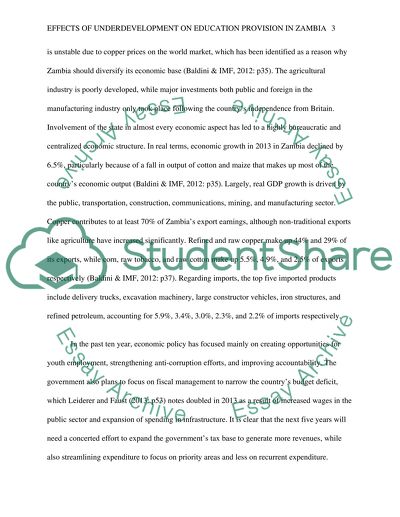Cite this document
(“Education in International Development Essay Example | Topics and Well Written Essays - 3000 words”, n.d.)
Education in International Development Essay Example | Topics and Well Written Essays - 3000 words. Retrieved from https://studentshare.org/education/1671101-education-in-international-development
Education in International Development Essay Example | Topics and Well Written Essays - 3000 words. Retrieved from https://studentshare.org/education/1671101-education-in-international-development
(Education in International Development Essay Example | Topics and Well Written Essays - 3000 Words)
Education in International Development Essay Example | Topics and Well Written Essays - 3000 Words. https://studentshare.org/education/1671101-education-in-international-development.
Education in International Development Essay Example | Topics and Well Written Essays - 3000 Words. https://studentshare.org/education/1671101-education-in-international-development.
“Education in International Development Essay Example | Topics and Well Written Essays - 3000 Words”, n.d. https://studentshare.org/education/1671101-education-in-international-development.


